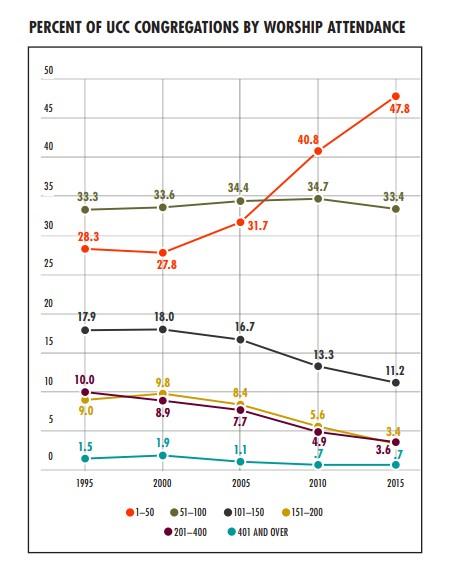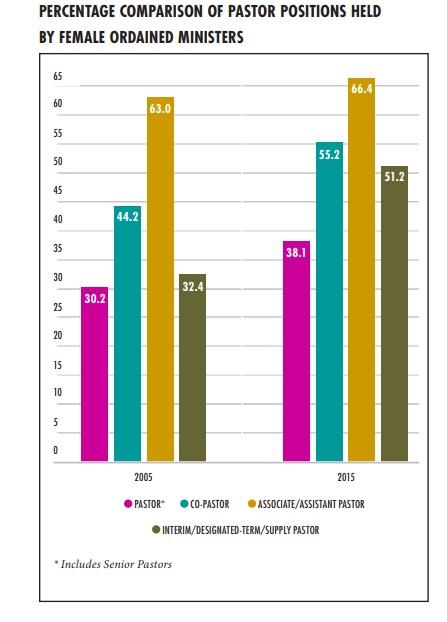Introduction
The United States is a liberal society, which means there is a legal separation of state from religious institutions. The fundamental notion of religious freedom emphasizes people’s right to worship any faith and not favor any religion. Nonetheless, there is a rising dispute on the nation’s future in religion as a crucial component of a healthy society. This report examines facts to identify which religious groups are expanding and which are shrinking. The purpose of this study is to identify the influence of the dynamics of the religious landscapes in 2007 and 2014 and to understand the disparities between the trends of different beliefs. The trends show that Methodists, Baptists, Presbyterians, and Congregationalists have the most divergent viewpoints. Despite the arguments, there is a strong pluralist attitude that different religious factions should be permitted to keep and grow their religion and beliefs within the community.
The Success and Failure of American Religion
In the contemporary religious landscape of the United States, the Methodists and Baptists have an increasing number of adherents. Methodists and Baptists are both Christian denominations with several overlapping beliefs and teachings. Methodists and Baptists share a faith in God, the Bible, and the deeds and teachings of Jesus, whom they recognize as the Christ and savior of humanity (Finke and Stark 82). In essence, both beliefs hold baptism and fellowship to be foundational sacraments.
Baptists and Methodists
Perspectives on Methodist Ideologies
The United Methodist Church (UMC) is a prominent branch of Methodism that believes people must form personal relationships with God. Its primary progenitor, the Methodist Episcopal Church, took over as the leader in 19th-century evangelical Christianity (Leone 77). In 1968, the Methodist Church and the Evangelical United Brethren Church formed the current organization. By the 19th century, there were 450,000 followers of the Wesleyan Methodist Church (Leone 81). The church’s expansion was most significant in industrial districts, where the Methodist religion assisted male and female laborers in enduring financial pain and alleviating poverty. Since the Methodist faith pushed them to live frugally, believers’ economic standing tended to improve. As a result, Wesleyan Methodism became a middle-class religion that emphasizes the individual is making a connection with God.
Baptists Ideologies
From the Baptist’s perspective, adhering to the notion of the perseverance of saints predominates. Baptists believe that if a person is saved, one cannot fall from grace, which directly opposes Methodist beliefs (Leone 181). Methodists believe that salvation is a personal decision and that one might lose salvation by falling from grace by disobeying God. Observations indicate that Baptists are generally more stringent and fundamentalist. The Bible is the only source of faith in such beliefs, and Baptists regard it as infallible. The opinions of Methodists are broader and less rigid. Some individuals may be fundamentalists, while others view the world as liberal. Baptist churches regard the Bible’s reasoning, practice, and direct knowledge as their religion’s foundations.
Trends in Modern-Day Churches
Today, there is evidence of increased belief in God as a supreme being, which is mainly in line with the Methodist views. For instance, trends show that in 2015, eight in ten churches in the UCC had weekly devotional participation of 1–100, an uptick of 15.1% within a decade (The UCC Center for Analytics 8). However, there has been a change in worship emphasizing the personal connection with God rather than the priest. Trends show that the fraction of churches with more prominent weekly attendance figures continuously declines (The UCC Center for Analytics 8). The increased uptake of believers in a personal relationship with God opened the space for people from different personalities in the Methodist community.

Presbyterians and Congregationalists Religious Denominations
The idea of a personal relationship with God was not popular among the Presbyterians and Congregationalists. In 1801, Presbyterians and Congregationalists attempted to build a solid foothold with their adherents by creating division along a north-south axis. These prominent religions limited the time other religions may utilize public speech domains. However, both faiths destabilized each other’s popularity and weakened their respective positions in their respective fields. The American Revolution involving the enormous regional followings diminished the Episcopalians and Presbyterians population due to organizational issues (Finke and Stark 75). The Presbyterian’s emphasis on scripture and the sovereignty of God gave in to the Methodist’s unique connection to believers.
Congregationalist Philosophy
In Congregationalism, the concept stresses the right and obligation of each community to choose its affairs. The philosophical premise is that adherents need not submit their judgments to a superior human authority, removing bishops and presbyteries. Each church is considered to be free and independent. Congregationalists have historically opposed the endorsement of religion and advocated for civil and religious freedom—the focus on congregational freedoms of conscience. Many adherents of Congregationalism have adopted doctrinal and societal liberalism and participated in the ecumenical movement (Finke and Stark 89). However, as seen by the 2007 and 2014 trends, most Christians drifted toward the Methodist and Baptist interpretations of Christianity, making Congregationalists’ extremes unpopular.
The 2007 and 2014 Spiritual Landscapes
The changes in the religious landscapes of 2007 and 2014 may be attributed to the advent of female leadership in churches and the expansion of the Methodists’ and Baptists’ ideological foundations. Figure 2 demonstrates that the proportion of active female Ordained Ministers has climbed dramatically over the last decade, from 31.9 percent in 2005 to 49.0 percent in 2015 (The UCC Center for Analytics 8). The trends show that in 2015, almost 38.1% of all church pastors, including lead pastors, were women, compared to 30.2% ten years prior (The UCC Center for Analytics 8). In 2010, over fifty percent of co-pastors and temporary supply pastors were women, while two-thirds of associate pastors were female.

The trends show an increase in feministic ideologies that shaped the church. According to the research, roughly one-third of UCC members have a Baptist Christian worldview. Studies revealed a rise in the proportion of UCC followers who belonged to smaller churches, with 34,1% of all members attending (The UCC Center for Analytics 8). The analysis recognizes that the tendency will continue in the following years.
Conclusion
Today, the Methodist and Baptist religious perspectives have prevailed, with increasing followers. The winner’s philosophy has a growing membership because the beliefs make it much easier for talented clergy members to join the church. In most cases, the views of religion in these churches aligned with the open American mindset. In the American religious system, any leader supported by the local populace is encouraged to establish new ideas in free-market competition. In American today, accommodating regulations means that the local community can participate in religious activities opening up the space for thinkers.
Works Cited
Eskridge, Larry. “One Way: Billy Graham, the Jesus Generation, and the Idea of an Evangelical Youth Culture.”Church History, 1998, 83-106.
Finke, Roger, and Rodney Stark. The Churching of America, 1776-2005: Winners and Losers in Our Religious Economy. Rutgers University Press, 2011.
Leone, Mark P. “The Problem: Religion within the World of Slaves.” Current Anthropology, 2020, 76-288.
The UCC Center for Analytics. The United Church of Christ: A Statistical Profile with Reflection/Discussion Questions for Church Leaders Research from the UCC Center for Analytics. The UCC Center for Analytics, 2016.